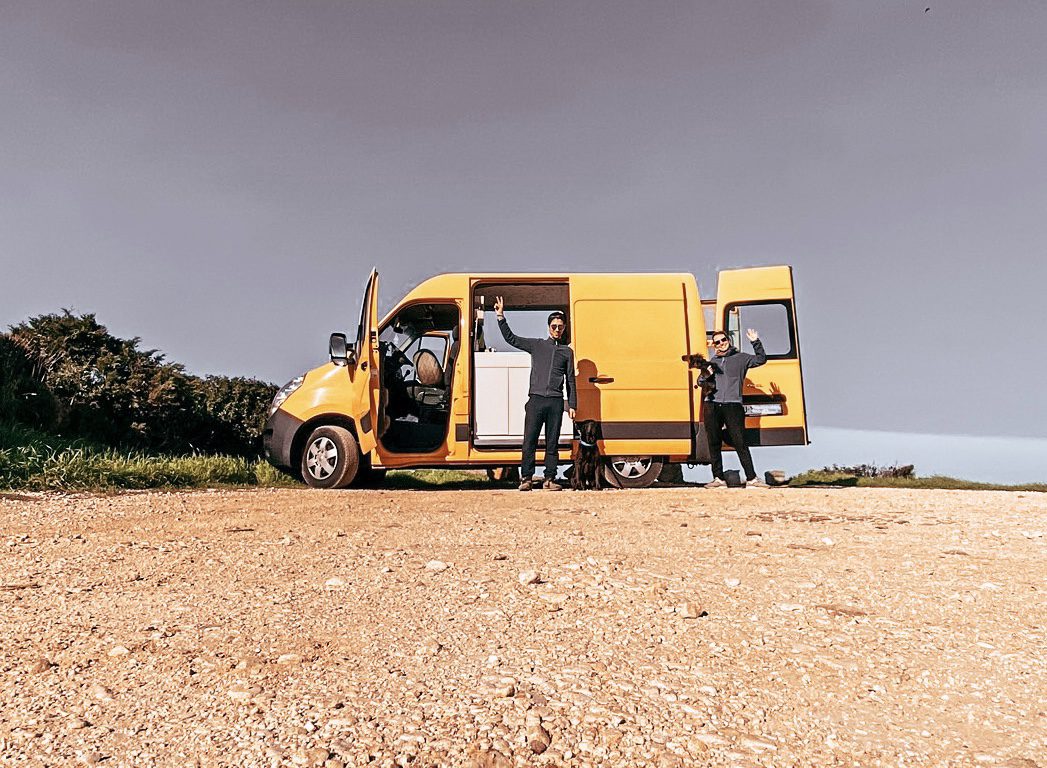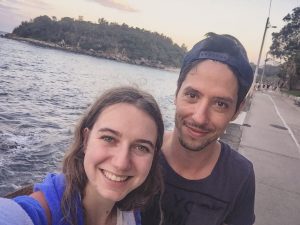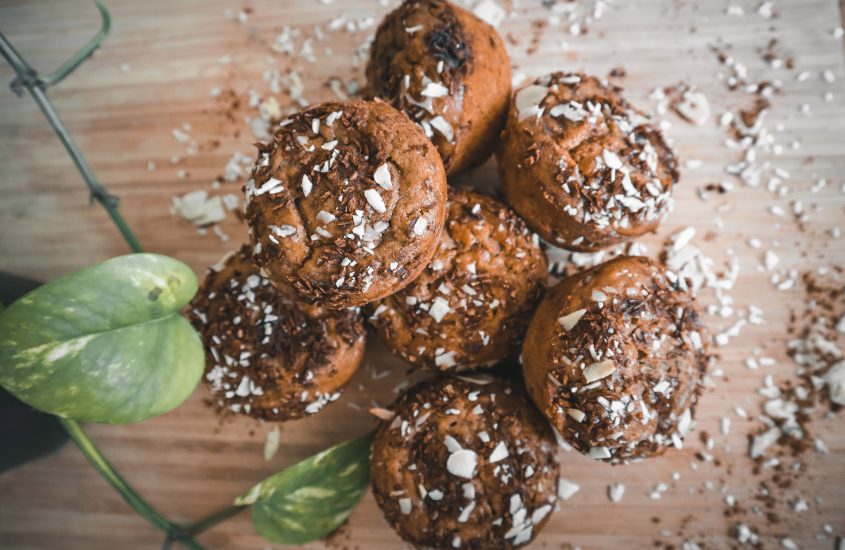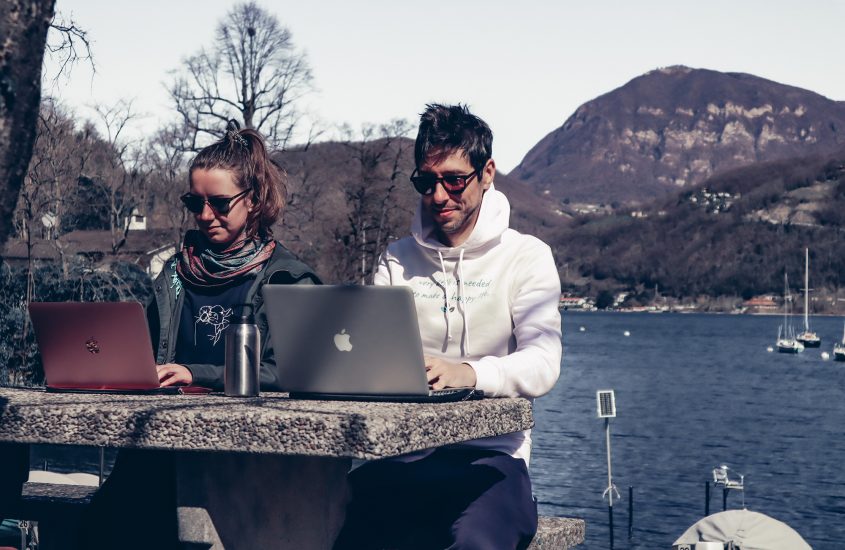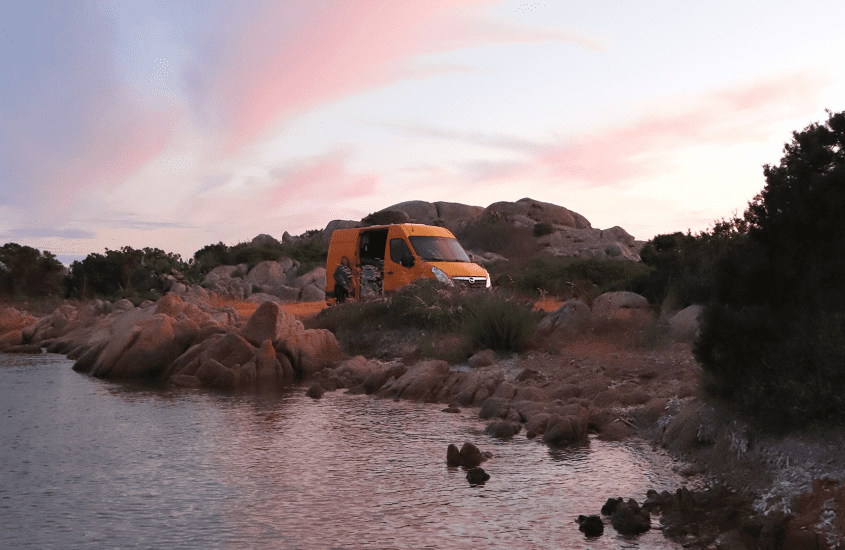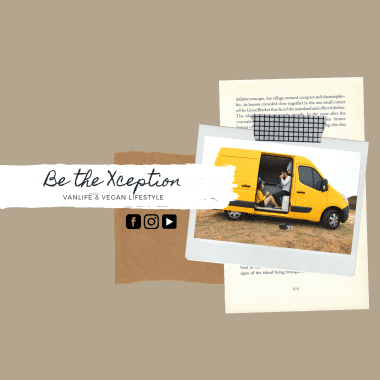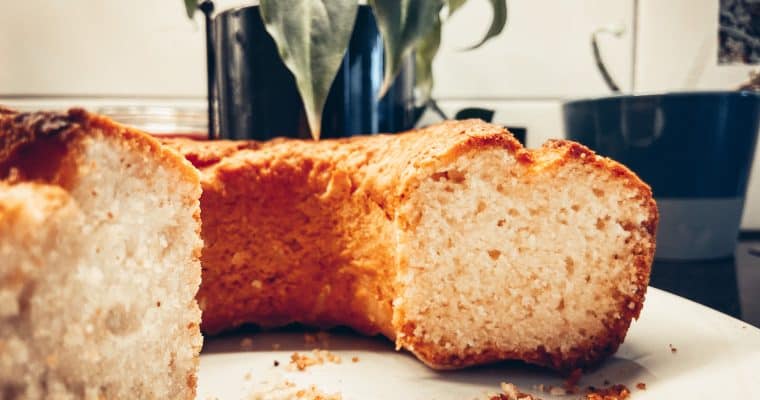Leave my tits alone!
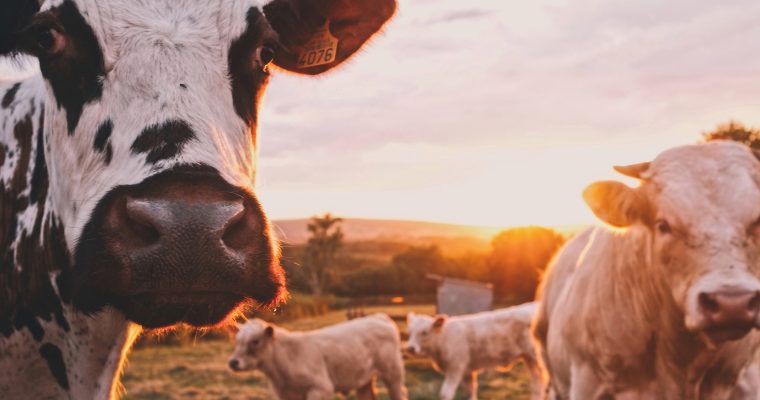
It’s not a secret anymore, for the most of us, that humans shouldn’t drink cow, goat or sheep milk. A lot of people are still sceptical when it comes to the topic, but there are many more reasons against consuming milk from animals than in favour of it. In the end your health, the animals and the environment will thank you.
For both of us, stopping to drink milk or consuming dairy products has been – and still is – a challenge. It doesn’t happen from one day to another, as we grew up learning that we should do it (as the majority of us), because we need the proteins, calcium, but especially because dairy products should be part of our food wheel. As a portuguese and a swiss, we are so used to consume dairy products every single day because of our countries’ traditonal products. For example: for a portuguese person, it’s hard to have a breakfast without milk or butter. Instead, for a swiss person, cheese is heaven (cliché fullfilled ;)).
So, how can we “solve” this?
Some time ago, we stopped to consume cow milk at home. We tried soy and almond milk, but the ones who got us definitely were rice and hazelnut milk. It is really important to say, that those “milks” are far away from being real milk. In fact, they are called “drink” because just the fluid coming out of the udder is considered milk. Just the colour and the texture are similar. All the vegetables milks are great alternatives to the ones who want to stop with animal milk.
But we are not totally free yet. Yes, shame on us! We didn’t find an alternative to butter (at least one that can really replace it) and yoghurts yet. We love yoghurts, and dear mother of god, the soy ones are so “untasty”. We tried more than once, and there is no chance. So, for that reason, we are still consuming yoghurts and butter, mainly because we didn’t find the right alternative yet. But the goal this year is to stop with dairy products. Well, and cheese… We probably leave that for another post 🤭
Why should we stop to drink cow milk?
For many reasons, such as:
- We are not cows. The cow milk exists to feed their babies as human milk exists to feed our babies.
- When our body stops to produce the lactase enzim (which has the task to transform lactose into glucose), the lactose (that we find in milk and dairy products) can make a lot of damage to us, especially in the digestive system.
- Drinking cow milk regularly increases the change to have migraine, constipation and even cancer.
- The farming industry is actually the main reason for global warming (more than the means of transportation).
- Everyday, millions of cows around the world are injected with growth hormones and antibiotics to reduce infections provoked by the chemicals (the supermarket milk is far away of being a healthy product).
font
We can find the most of vegetables milks (soy, rice, hazelnut and almond) in the shelves of most large supermarkets and health food stores. If allergies are a concern, rice milk might be the best choice since it’s less likely to be an allergen compared to almond and soy. You can also use the vegetable milks in your recipes or in smoothies as ideas to incorporate them in your diet.
Pros and cons of vegetables milk
- Great alternative
- No saturated fat or cholesterol (rice, soy, almond milk)
- Good source of vitamin B (rice milk)
- Promote cardiovascular health (rice milk)
- Rich in proteins and micronutrients as calcium, vitamin D, phosporous, vitamin A and B-12 (soy, almond milk)
- Helps to reduce and maintain optimal blood pressure (almond milk)
- Boosts immune system (almond milk)
font
Everyone is responsible for themselves and nothing of what we shared with you here is new. All this information can be easily found anywhere in the internet. We just want to share with you the reasons why we decided to make this change and why also you should think about this topic. It’s our life, our health, our lifestyle and our planet.
We know that this post can take us to some other topics. For that reason, we are sharing with you what we think and what we are doing.
Subscribe ✌
